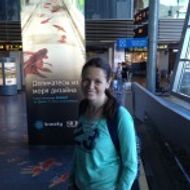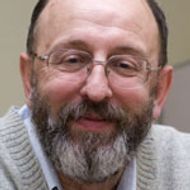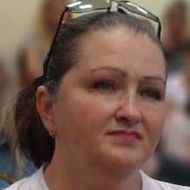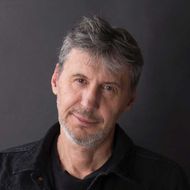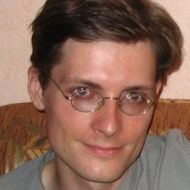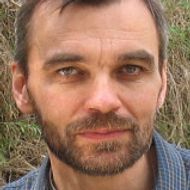- A
- A
- A
- АБB
- АБB
- АБB
- А
- А
- А
- А
- А
- Национальный исследовательский университет «Высшая школа экономики»
- Факультет математики
- Мероприятия
- Миникурс Хавьера Фресана
-
Факультет
-
Образование
- Образование
- Бакалаврские программы
- Магистерские программы
- Аспирантура
- Программа Math in Moscow
- Программы для учителей и школьников
- Майнор «Математические структуры»
- Календарь школ
-
Подразделения
- Базовые кафедры
-
Научные подразделения
-
- Международная лаборатория теории представлений и математической физики ВШЭ
- Международная лаборатория кластерной геометрии
- Лаборатория алгебраической геометрии и ее приложений
- Международная лаборатория зеркальной симметрии и автоморфных форм
- Научно-учебная лаборатория сложных сетей, гиперграфов и их приложений
-
-
In Memoriam
- Мы помним
-
Виртуальная доска объявлений
Адрес: 119048, Москва,
ул. Усачёва, 6
тел. (495) 916-89-05
тел. (495) 772-95-90 *12720
тел. (495) 772-95-90 *12726 (декан)
E-mail: math@hse.ru
Учебный офис:
mathstudyoffice@hse.ru
тел. (495) 624-26-16
тел. (495) 772-95-90 *12713
ДПО факультета математики:
dpo-math@hse.ru
Редакторы сайта факультета:

Миникурс Хавьера Фресана
Лекция 1
15 декабря, понедельник, 19.00-20.30, ауд. 1001
Лекция 2
18 декабря, четверг, 17.00-18.30, ауд. 311
Лекция 3
22 декабря, понедельник, 19.00-20.30, ауд. 1001
Periods form a class of complex numbers halfway between the transcendental and algebraic ones: though usually transcendental, they can nevertheless be described by a finite amount of information. In elementary terms, a period is an integral of a rational function with rational coefficients over a domain given by polynomial inequalities with rational coefficients. This includes numbers like pi, suitable products of special values of the gamma function, multiple zeta values or Feynman amplitudes. Geometrically, periods arise from the comparison between de Rham and singular cohomology of algebraic varieties defined over number fields. This latter point of view allows to use the theory of motives to predict which algebraic relations period should satisfy: according to the Grothendieck period conjecture, the transcendence degree of the field generated by the periods of a smooth, projective variety is given by the dimension of the Mumford-Tate group of the corresponding Hodge structure. In this series of lectures I will give an introduction to this circle of ideas, mainly focusing on examples.
- О ВЫШКЕ
- Цифры и факты
- Руководство и структура
- Преподаватели и сотрудники
- Корпуса и общежития
- Закупки
- Обращения граждан в НИУ ВШЭ
- Фонд целевого капитала
- Противодействие коррупции
- Сведения о доходах, расходах, об имуществе и обязательствах имущественного характера
- Сведения об образовательной организации
- Людям с ограниченными возможностями здоровья
- Единая платежная страница
- Работа в Вышке
- ОБРАЗОВАНИЕ
- Лицей
- Довузовская подготовка
- Олимпиады
- Прием в бакалавриат
- Вышка+
- Прием в магистратуру
- Аспирантура
- Дополнительное образование
- Центр развития карьеры
- Бизнес-инкубатор ВШЭ
-
http://www.minobrnauki.gov.ru/
Министерство науки и высшего образования РФ
-
https://edu.gov.ru/
Министерство просвещения РФ
-
http://www.edu.ru
Федеральный портал «Российское образование»
-
https://elearning.hse.ru/mooc
Массовые открытые онлайн-курсы
- © НИУ ВШЭ 1993–2024 Адреса и контакты Условия использования материалов Политика конфиденциальности Карта сайта
- Редактору
